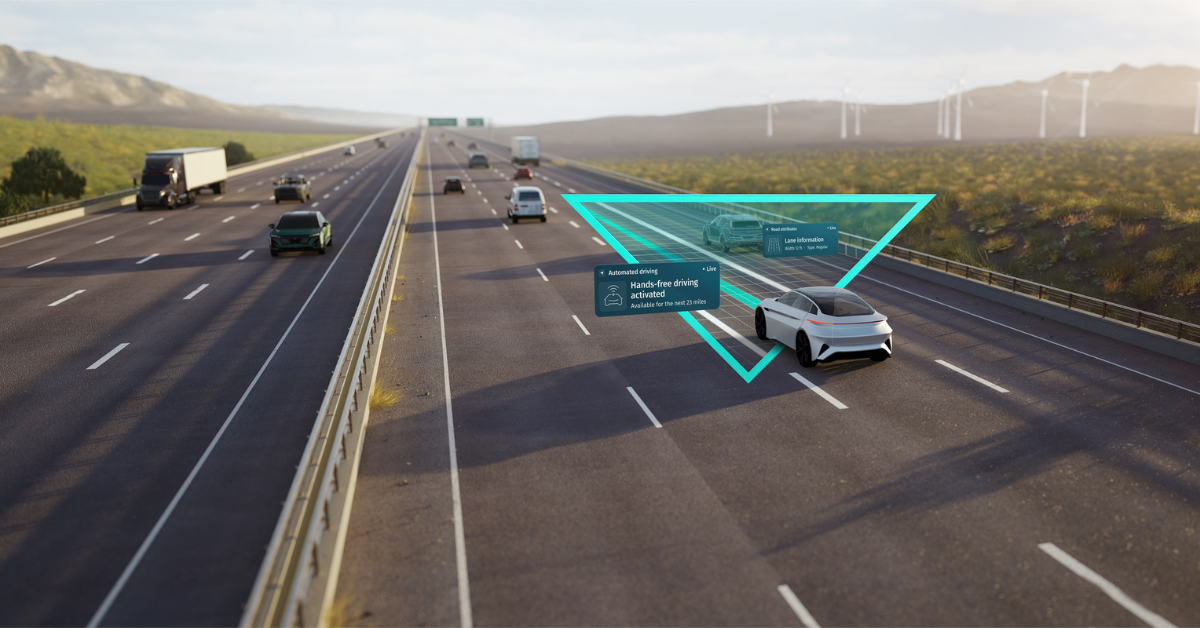What can we learn from driverless robotaxis?
The University of San Francisco’s Prof Billy Riggs proffered his theory that advances in AV technology, in addition to all the other oft-mentioned benefits, will also lead to less car ownership and described the opportunity as a “window of possibilities”, while also envincing his assertion that robotaxis fleets are far more likely to be a commonplace sight on our streets than fleets of privately owned Level-4 AVs.
Another rarely mentioned benefit of a proliferation of driverless vehicles is the secondary effect their presence has on slowing down speeding traffic. Cars “stuck” behind AVs obeying the speed limit are not actually stuck, they are having to be driven at the correct speed for the conditions, whether or not it’s to the liking of their human driver. Autonomous cars, said Prof Riggs are the perfect opportunity for OEMs, PTOs and cities to collaborate on something positive and cited the prospect of curb maximisation as a case in point.
His fellow presenter, MAPtm’s Tom Alkim recalled his first experience of driverless vehicles, namely Demo 98 that took place in Leiden, not far from Amsterdam, in June of that year, featuring a fleet of adapted, driverless cars that followed a path of magnets embedded in the surface of a yet-to-be-opened motorway. Fast forward 25 years and Alkim, by way of video footage, was shown beaming in the back of a Waymo robotaxi in San Francisco in his first experience of a fully automated publically available service. AVs, and Alkim himself, have come a long way in the intervening quarter of a century.
The results of a recent MAPtm survey made for interesting reading. Asked what people considered to be the main positive and the main negative of AVs, the answer to both was that they have to obey traffic rules and in particular the speed limit. There’s still clearly a lot of work to be done in order for the driving public to fully understand the benefits of automated driving, if that survey is anything to go by, but with the likes of Riggs and Alkim at the helm there is definitely human light at the end of the automated tunnel.



.png?h=600&iar=0&w=1200)